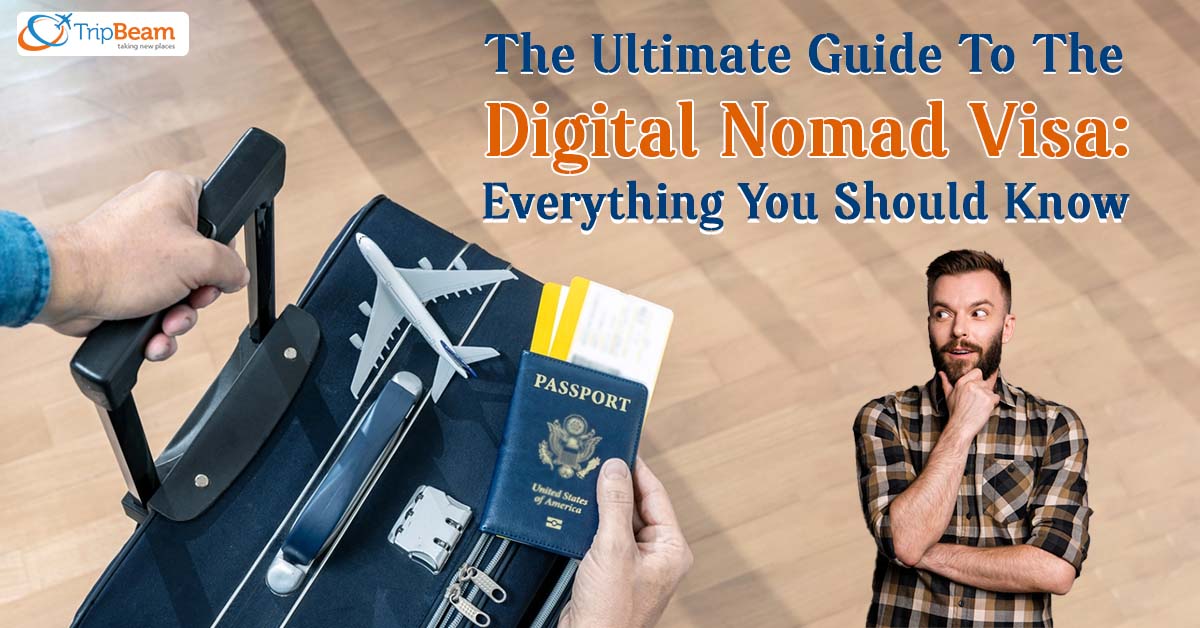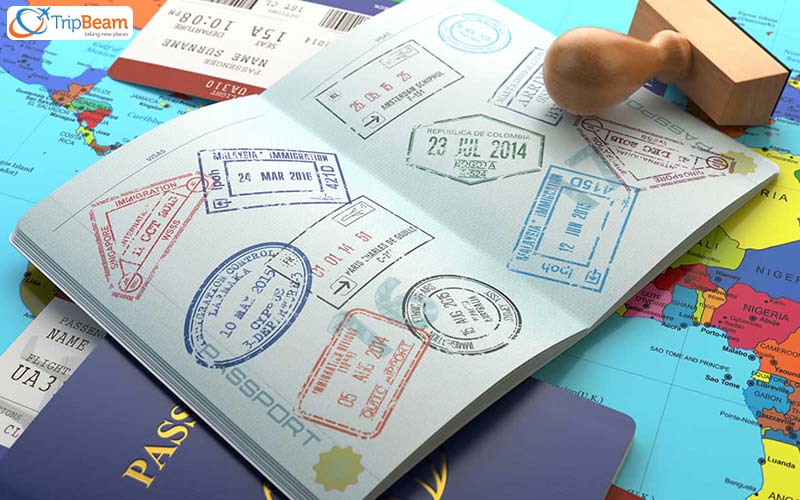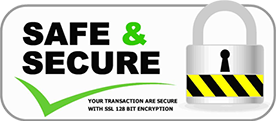
Are you a remote worker that wants to travel the world and work at the same time? Or have you heard of the term “Digital Nomad” and that certain nations are providing something called a “Digital Nomad Visa” and are curious what it means? If yes, then keep reading because we’ve got the ultimate guide to the Digital Nomad Visa: everything you should know. Additionally, you can browse through Tripbeam, the best online travel website, if you are seeking to book cheap flight tickets from Calgary to India.
What Is a Digital Nomad Visa?

A digital nomad is a person who travels frequently and uses technology to conduct business remotely from locations other than their nation of residence. A permit or other arrangement known as a “digital nomad visa” enables a person to live and work outside of their country of citizenship and to pursue remote employment.
The countries that regularly issue them don’t refer to them by that name; instead, they give their programs special names, such as the Global Citizen Concierge Programme of the Cayman Islands, or use more general terminology, like residency permit.3 However, keep in mind that these visas might not be designed with digital nomads in mind.
Both employees and students are eligible to use digital nomad visas, albeit the costs and restrictions may vary. For instance, applicants for the Work From Bermuda Certificate must provide evidence that they are enrolled in a Ph.D., graduate, undergraduate, or research program.
In some countries, employers can request a digital nomad visa on behalf of their company’s behalf. Dominica’s scheme costs $800 (in US dollars) for a company with four or more employees, plus an extra $500 for each employee.
Also Read: What Are Your Passenger Rights For Flight Cancellation Or Denied Boarding To India?
Pros and Cons of Digital Nomads
All instructions provided by their chosen temporary housing must be properly read and followed by anyone considering working abroad. Along with its benefits, working on a digital nomad visa includes several downsides.
Advantages
- The clear advantage of these programs is that you can take a lengthy vacation without having to put your work on hold while still maintaining a reliable source of income. Most countries that issue digital nomad visas already offer the amenities required to accommodate remote workers, such as quick wifi. Two telecommunications network providers on the island of Anguilla offer high-speed internet.
Disadvantages
- A digital nomad’s lifestyle necessitates a flexible and remote job. This is essential for keeping track of in-person hours when time zones are different. Even if the prevalence of these occupations has increased since the outbreak, some employers and workers may consider this to be a deal-breaker.
- Visas can be expensive, and if your application is denied for your intended destination, you might be compelled to leave after your current visa expires without any notice. Moving around can strain connections that currently exist and make it more difficult to build long-lasting ones.
Furthermore, discover the most economical international business class flights by checking out Tripbeam, the premier online travel website.
What is the Eligibility Criteria for a Digital Nomad Visa
The following requirements must be met to qualify for the digital nomad visa:
- It is necessary to be at least 18 years old.
- The minimum monthly income required varies by country.
- You need to have a job that you can do from anywhere.
Best Visa-Friendly Countries for Digital Nomads
- Germany: If one wants to work in Germany as a digital nomad, one can apply for a German freelance visa. Germany especially likes its freelance visa because it allows its holder to take on need-based and part-time contracts with many startups, businesses, or individuals.
- Estonia: An exclusive visa that the Estonian government has created is only available to digital nomads. They formally unveiled the visa before the end of 2019. Its name is “Digital Nomad Visa.”
- Costa Rican: With the potential of an extension, the Costa Rican Rentista visa permits the holder to stay in the country for up to two years. Even though you must show that you consistently earn $2,500 per month, getting the visa is not too tough.
- Croatia: The Croatian government created the Digital Nomad Visa in 2021 to encourage independent contractors to live and work there.
- Norway: Norway provides visas for digital nomads who wish to live and work in Svalbard, one of the most expensive places on earth. A visa has a lifetime of validity.
- Mexico: You should get a temporary resident visa if you wish to live and work in Mexico as a digital nomad. This visa only allows you to stay there for a maximum of 4 years.
- Portugal: People who desire to reside in Portugal as digital nomads have access to the D7 Passive Income visa, which is quite comparable to the Costa Rican Rentista visa
- The Czech Republic: The government grants a Freelance Visa for persons who desire to work in the Czech Republic as their own bosses.
- Iceland: In October 2020, Iceland issued its version of the digital nomad visa to help fight the COVID-19 pandemic. The Iceland Remote Worker Visa serves as both a visa and a travel document.
- Argentina: On May 21, 2022, Argentine officials introduced a unique visa for remote employees. The Argentinean of this visa facilitates remote work for both domestic and international companies.
How Long Does it Take to Obtain a Visa for a Digital Nomad?
A digital nomad’s visa usually takes a month to process. However, you should be aware that processing times for visa applications vary from nation to nation.
Validity of Digital Nomad Visa
A digital nomad visa is valid for between one and two years. If you match the criteria, several nations would let you extend your digital nomad visa for up to five years.
Furthermore, if you’re looking to secure affordable flight tickets from Canada to India, make sure to explore Tripbeam, the one-stop destination for all your travel requirements.
Also Read: 1111 Angel Number Interpretation – Exploring Travel, Career, Love & Beyond








